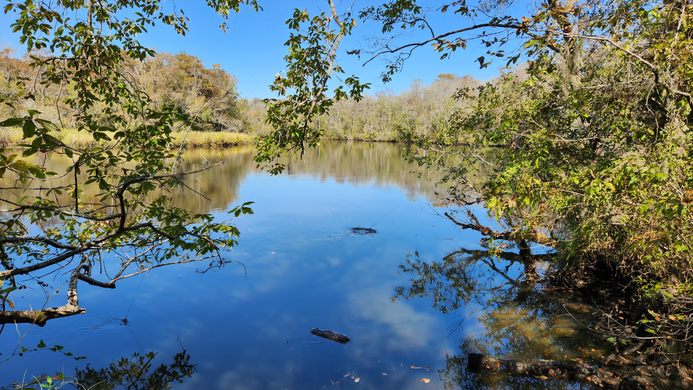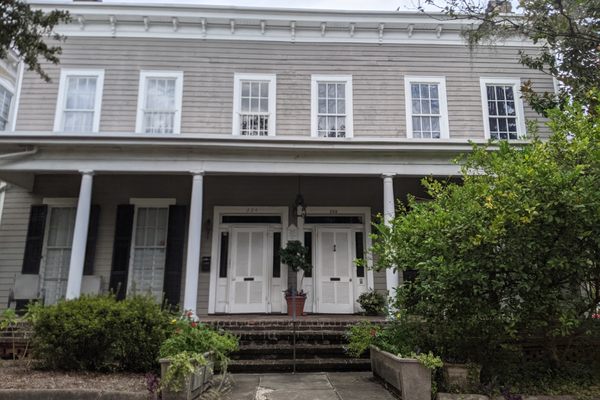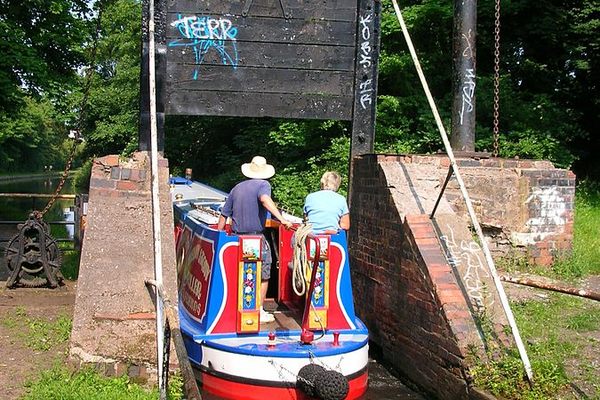AO Edited
Savannah Ogeechee Canal
A historic canal winds through a unique, swampy landscape.
Chartered in 1824, enslaved people and Irish laborers built the Savannah-Ogeechee Canal between 1826 and 1830. The project involved moving thousands of cubic yards of earth to construct the 16.5-mile-long canal. Once built, the waterway helped promote Georgia’s economy and was used to transport local goods and crops from the inland plantations along the Ogeechee River to Savannah’s busy shipping port.
During the Civil War, the canal was little used. After the war, local lumber companies started again using the canal. In the mid to late 19th century, the region saw several yellow fever epidemics, which were blamed on the canal. The epidemics meant the canal fell further out of use. Soon, the Central Georgia Railroad began operating, replacing the need for the 19th-century canal. Eventually, in the early 1890s, the canal closed. The canal begins with the tidal lock at the Savannah River before continuing through four lift locks.
The canal covers a total of 16.5 miles before reaching a tidal lock along the Ogeechee River. Along the way, the canal passes along Savannah’s historic industrial corridor, timber tracks, former rice fields, a lush tidal river swamp, and an adjoining sandhill environment. Several distinctive flora and fauna species call the area home.
Know Before You Go
Make sure you talk with staff members at the visitor's center to learn about the canal’s history and the area’s ecology. While the trails aren’t very extensive, the history of the canal makes a trip well worth it.




















Follow us on Twitter to get the latest on the world's hidden wonders.
Like us on Facebook to get the latest on the world's hidden wonders.
Follow us on Twitter Like us on Facebook